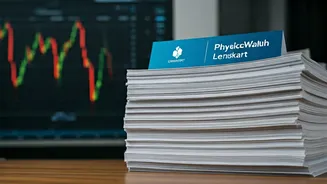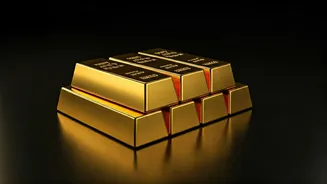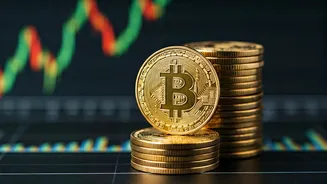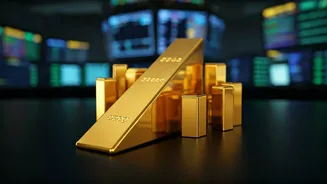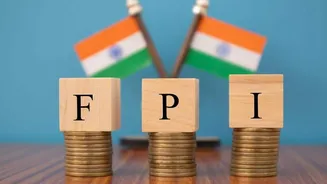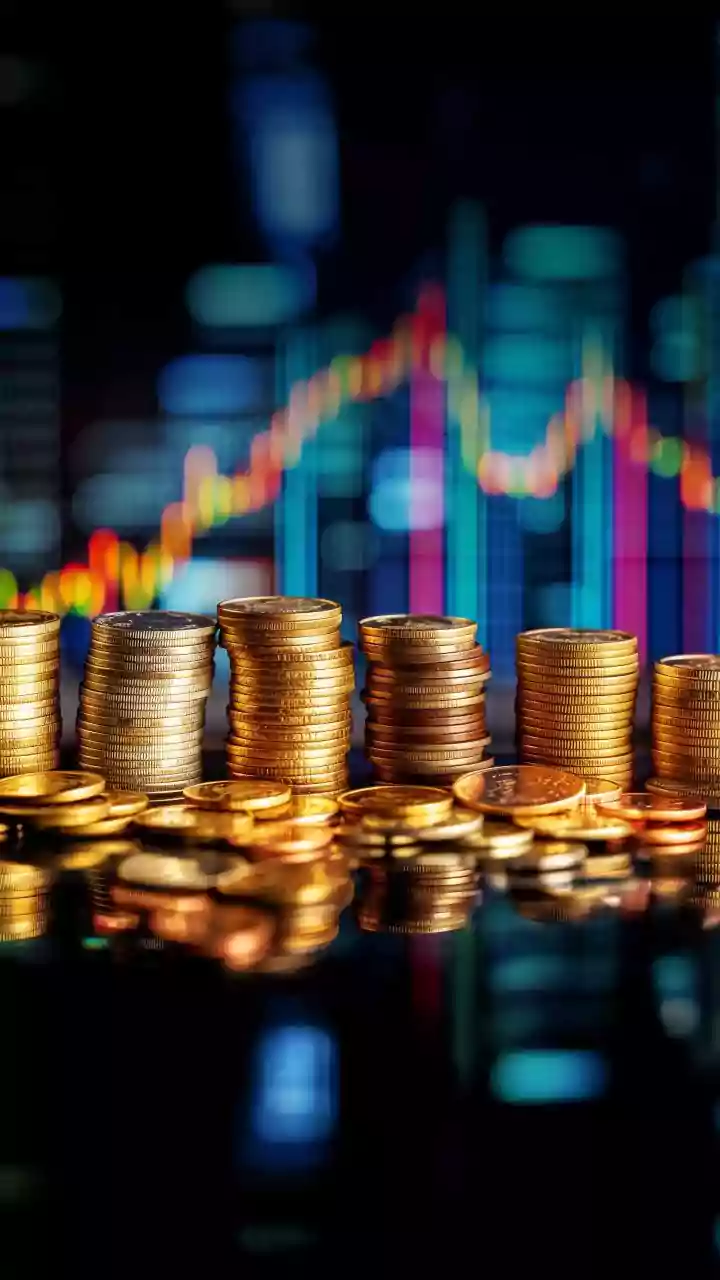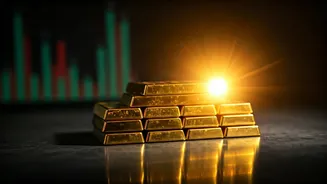Silver's Market Overview
The silver market, much like other precious metals, is a dynamic entity influenced by a variety of global economic factors. Understanding the interplay
of these elements is crucial for anyone interested in silver, whether for investment, personal use, or simply curiosity. The price of silver can fluctuate in response to international events, economic indicators, and supply-demand dynamics. Several key players contribute to the global silver market, including major mining companies, industrial consumers, and investors. Economic uncertainty, such as inflation concerns or geopolitical instability, can often drive investors towards safe-haven assets like silver, potentially increasing its price. Conversely, periods of economic growth and stability can also influence silver prices, as industrial demand for the metal rises across various sectors like electronics and manufacturing. Factors like currency fluctuations, interest rates, and changes in investor sentiment also play significant roles in shaping silver prices on a daily basis. The interaction of these multifaceted factors results in a constantly evolving market that demands keen observation and analysis to understand its trends.
Influencing Factors Explored
Several pivotal factors play a significant role in influencing silver rates. The state of the global economy is a primary driver. Economic downturns or recessions can influence the price of silver, often leading to increased demand as investors seek safe havens. Industrial demand also has a considerable impact. Silver is extensively used in manufacturing and electronics, so increased production in these sectors can drive up demand and prices. The mining industry's output and any disruptions in supply, such as mine closures or geopolitical issues affecting production, can also affect rates. Currency fluctuations, particularly the strength of the US dollar, have an inverse relationship with silver prices; a stronger dollar can make silver more expensive for buyers using other currencies. Inflation rates and expectations can influence silver's value; historically, silver has been seen as a hedge against inflation. Investor sentiment, including market speculation and trading volume, also shapes rates; high investor interest can boost prices, while decreased interest can lower them. Geopolitical events, such as conflicts or political instability, can prompt investors to seek safe assets like silver, raising its demand and price. Understanding these interwoven influences offers a clearer perspective on the constantly changing silver market.
Tracking Current Trends
Staying updated on current trends in the silver market involves closely following economic news, financial reports, and expert analysis. Reliable financial news sources, such as major news outlets and specialized financial publications, offer the latest information on market trends, economic indicators, and analyst predictions. Monitoring the spot price of silver, which represents the current market value, is crucial. This can be tracked through financial websites and trading platforms that provide real-time price data. Keep an eye on economic indicators like inflation rates, interest rates, and employment figures, which often give clues to future silver price movements. Following the opinions of market experts, analysts, and commodity traders can provide valuable insights into market dynamics and potential investment strategies. Considering the demand and supply dynamics by tracking industrial demand and mining production data can also shed light on potential price shifts. Reading industry-specific reports and analysis, available from research firms or financial institutions, provides in-depth assessments of the silver market, often including forecasts and investment recommendations. Remember that trends can change rapidly, and continuous monitoring and critical analysis of information are key to understanding the silver market's present position and future course.
Silver's Market Applications
Silver's value extends beyond its role as an investment; it is also a vital material across multiple industries. Electronics manufacturing is one of the biggest consumers of silver. The metal's exceptional conductivity makes it ideal for use in electrical components like circuits, switches, and conductors. The medical field relies on silver for its antibacterial properties, using it in various applications. Silver-based dressings and coatings can aid in wound healing and infection control. Silver is a key component in solar panels, with its conductive properties assisting in capturing sunlight and generating electricity. The jewelry industry utilizes silver extensively, where it is crafted into various ornaments, including necklaces, bracelets, and earrings. Silver alloys are often used in dentistry for fillings and crowns due to their strength and durability. Furthermore, silver is used in the photography industry, where silver halides are light-sensitive materials utilized in traditional film photography. The diverse applications of silver highlight its crucial role in modern technologies and its ongoing importance in many aspects of everyday life.
Investment Strategies
Several strategies exist for those looking to invest in silver. Purchasing physical silver, such as coins and bars, is a traditional method. This provides direct ownership of the metal, though it involves storage and security considerations. Investing in silver exchange-traded funds (ETFs) is another option. These funds track silver prices and offer a convenient way to gain exposure to the market without physically holding the metal. Silver futures contracts allow investors to speculate on silver's future price. These contracts involve agreeing to buy or sell a specific quantity of silver at a predetermined price on a future date. Silver mining stocks can be considered. Investing in companies that mine and produce silver allows investors to benefit from the price appreciation of the metal, though it involves company-specific risks. Diversification is a crucial aspect of any investment strategy. Diversifying a portfolio with a mix of assets, including silver, can help reduce overall risk. Understanding one's risk tolerance is key to selecting the right investment approach. Investors should consider their comfort level with market fluctuations and adjust their strategies accordingly. Before investing, it's wise to consult with financial advisors to create a personalized plan based on individual financial goals and risk tolerance.


